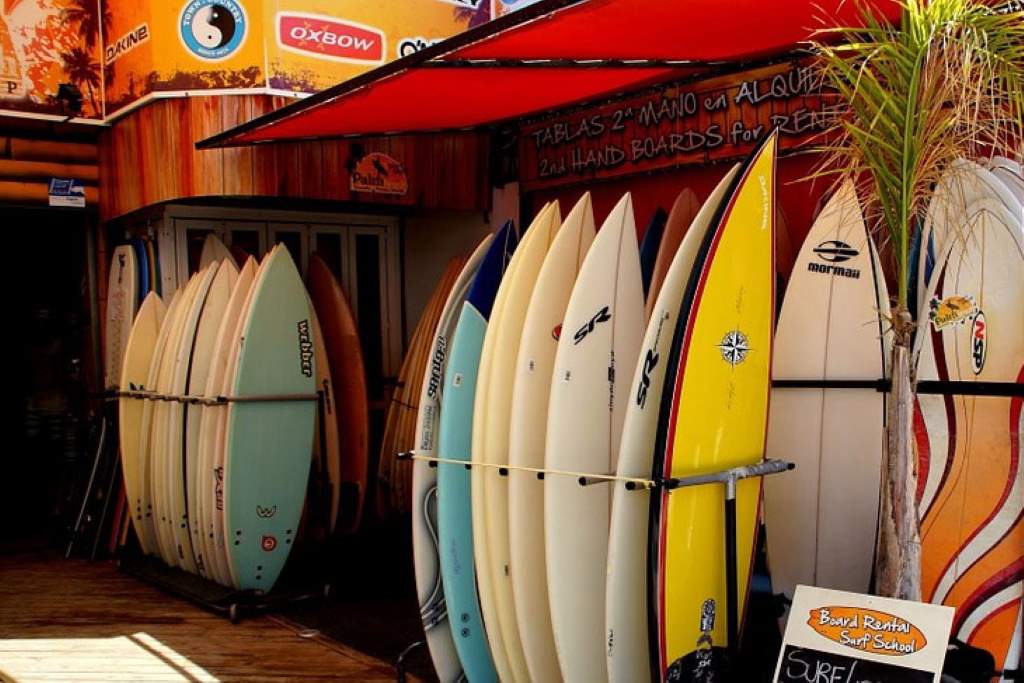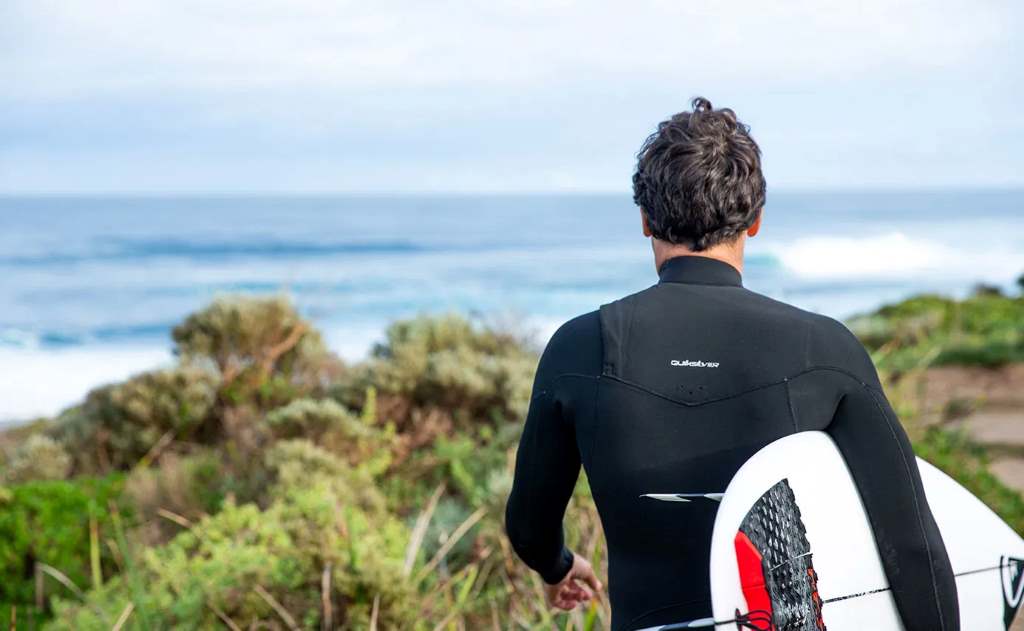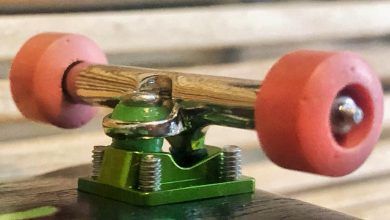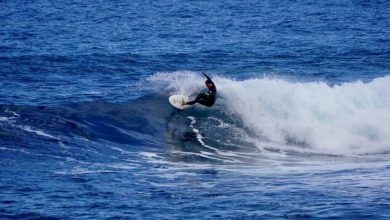
Eco-Friendly Surf Gear You Should Be Using Now
Every wave you ride connects you to nature. But ironically, much of the gear we use as surfers damages the very oceans we adore. From petroleum-based wetsuits to non-recyclable boards, the traditional surf industry leaves a troubling environmental footprint. Luckily, a tidal wave of innovation is shifting the tides. Eco-friendly surf gear you should be using is no longer a niche—it’s becoming the standard for surfers who care.
Why Eco-Friendly Surf Gear Matters
According to a report by Surfrider Foundation, over 8 million tons of plastic enter the ocean every year. The surf industry, historically reliant on petroleum-based materials, contributes to this problem. Standard surfboards, wetsuits, and even waxes often contain toxic chemicals, microplastics, and non-biodegradable materials. This doesn’t just harm marine life—it threatens the very waves we ride.
Eco-conscious surf gear reduces pollution, supports ethical manufacturing, and protects ocean ecosystems. It also often performs better due to modern innovations. Choosing greener gear isn’t just an environmental decision—it’s a performance upgrade and a values statement.
Eco-Friendly Surfboards: Performance Without Pollution
Traditional surfboards are made from polyurethane foam and fiberglass, laminated with resin. These materials release volatile organic compounds (VOCs) and are neither recyclable nor biodegradable. According to The Guardian, the average surfboard takes hundreds of years to break down.
Alternatives include:
- Hemp or recycled EPS foam cores – Firewire’s Timbertek boards use sustainably grown paulownia wood and recycled EPS foam.
- Algae-based blanks – Companies like Arctic Foam are pioneering algae-based blanks that drastically cut down on carbon emissions.
- Bio-resins – Entropy Resins use a high percentage of bio-based carbon content, making them a cleaner option.
Surfers who’ve switched report equal if not better performance, and brands claim increased durability, reducing the need for frequent replacements.
Sustainable Wetsuits: Stay Warm Without the Waste

Neoprene, the standard material for wetsuits, is derived from petroleum and is not biodegradable. According to Patagonia, the production of a single neoprene wetsuit generates 200 kg of CO₂.
Sustainable wetsuit options:
- Yulex Natural Rubber – Patagonia leads here, offering wetsuits made from FSC-certified rubber, emitting up to 80% less CO₂.
- Limestone neoprene – Slightly more sustainable than petroleum, but still non-renewable. Brands like Vissla and Xcel use this option.
- Recycled neoprene – Some companies, like Soöruz, mix recycled rubber with limestone neoprene to further reduce impact.
While eco-wetsuits used to lag in performance, modern designs match traditional suits in flexibility, warmth, and durability.
Reef-Safe Sunscreen: Protect Your Skin and the Sea
Many surfers don’t realize that their sunscreen contributes to coral bleaching. Chemicals like oxybenzone and octinoxate wash off into the water and poison marine life. According to NOAA, even a small amount can harm coral larvae.
Better alternatives include:
- Mineral-based sunscreens – Products using zinc oxide or titanium dioxide without nanoparticles are safer.
- Reef-safe certified brands – Look for ones like Raw Elements or Stream2Sea, which comply with Hawaii’s reef-safe regulations.
They protect your skin and ensure you’re not leaving chemical trails behind.
Surf Wax: Go Natural or Go Home
Standard surf wax contains paraffin, a petroleum by-product, and synthetic fragrances. It melts into the water, leaving behind pollutants.
Eco-friendly alternatives:
- Beeswax and coconut oil-based wax – These natural options are biodegradable and perform well in a variety of temperatures.
- Brands like Matunas and Surf Organic – Offer all-natural, locally sourced ingredients with zero toxins.
Natural wax is not only better for the ocean but also for your board and your health.
Read More:
Para Surfing vs Kitesurfing: An In-Depth Comparison
Can you really go surfing in Ireland?
Leashes and Traction Pads: Small Gear, Big Impact
Most leashes and pads are made with virgin plastics and synthetic rubbers. These small accessories often break and end up as microplastics in the ocean.
Sustainable solutions:
- Recycled urethane leashes – Brands like Sympl Supply Co. and Bureo offer leashes made from recycled fishing nets or plastic bottles.
- Eco traction pads – Creatures of Leisure and others now use recycled EVA foam or natural rubber.
Choosing these accessories is a low-cost, high-impact move for eco-conscious surfers.
Bags, Board Covers, and More: Go Fully Green
Don’t forget about the accessories. Board bags, backpacks, and ponchos often use nylon or PVC, both harmful materials.
Eco alternatives:
- Recycled canvas or PET fabrics – Brands like Rareform repurpose billboard vinyl into unique, durable bags.
- Upcycled materials – Companies like Mafia Bags use kite-surf sails and boat covers for stylish, sustainable designs.
Even your post-surf towel can be eco-friendly—look for organic cotton or bamboo fabric.
Choosing Brands That Walk the Talk
Several companies now prioritize transparency and environmental responsibility. Patagonia, Vissla, Outerknown, and Finisterre lead the way with fair-trade practices, carbon offsetting, and plastic-free packaging.
Supporting such brands ensures your money contributes to better industry standards.
FAQs
What makes surf gear eco-friendly?
Eco-friendly surf gear uses renewable, recycled, or biodegradable materials, and avoids toxic chemicals in production.
Are eco surfboards as durable as traditional boards?
Yes. Many brands report their boards last longer due to sturdier construction and modern materials like bio-resins.
How can I tell if sunscreen is reef-safe?
Look for mineral-based sunscreens with non-nano zinc or titanium, and avoid oxybenzone and octinoxate.
Is Yulex as warm and flexible as neoprene?
Yes. Yulex suits now rival top neoprene wetsuits in performance, with less environmental harm.
Are sustainable wetsuits more expensive?
Initially, yes. However, they tend to last longer and their ethical production justifies the price.
How can I recycle my old surf gear?
Some brands offer recycling programs. Others, like Resurf, upcycle old boards into new products.
Where can I buy eco-friendly surf gear?
Look online at sites like Patagonia, Vissla, and Greenwave, or find local surf shops supporting sustainable brands.
Final Thought: Surfing Into a Greener Future
Every choice you make in the water has a ripple effect on the ocean. By switching to eco-friendly surf gear you should be using, you become a steward of the sea, not just a visitor. The industry is evolving, and so should your gear. Eco gear isn’t just a trend—it’s the future of surfing. From the wax on your board to the suit on your back, small changes create massive impact.
Ride with purpose. Surf with pride. Choose gear that respects the waves you chase.







